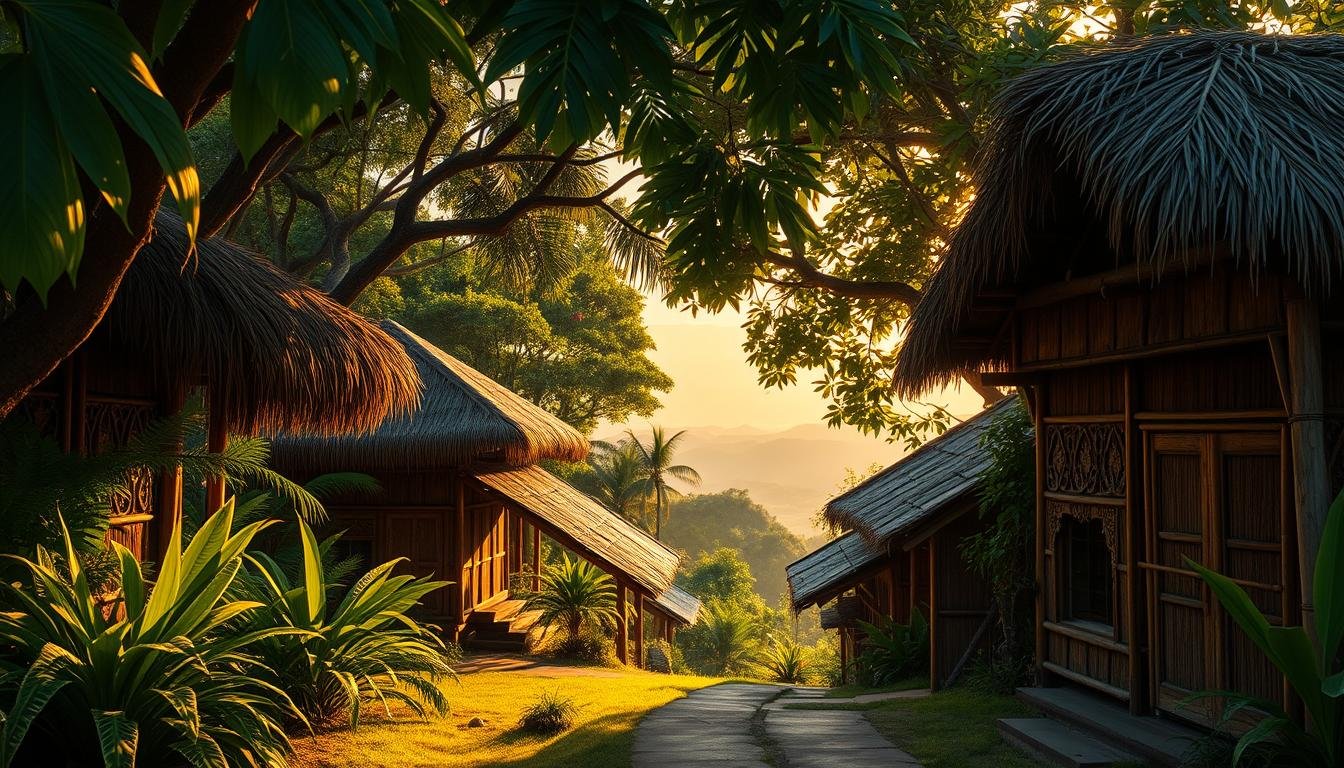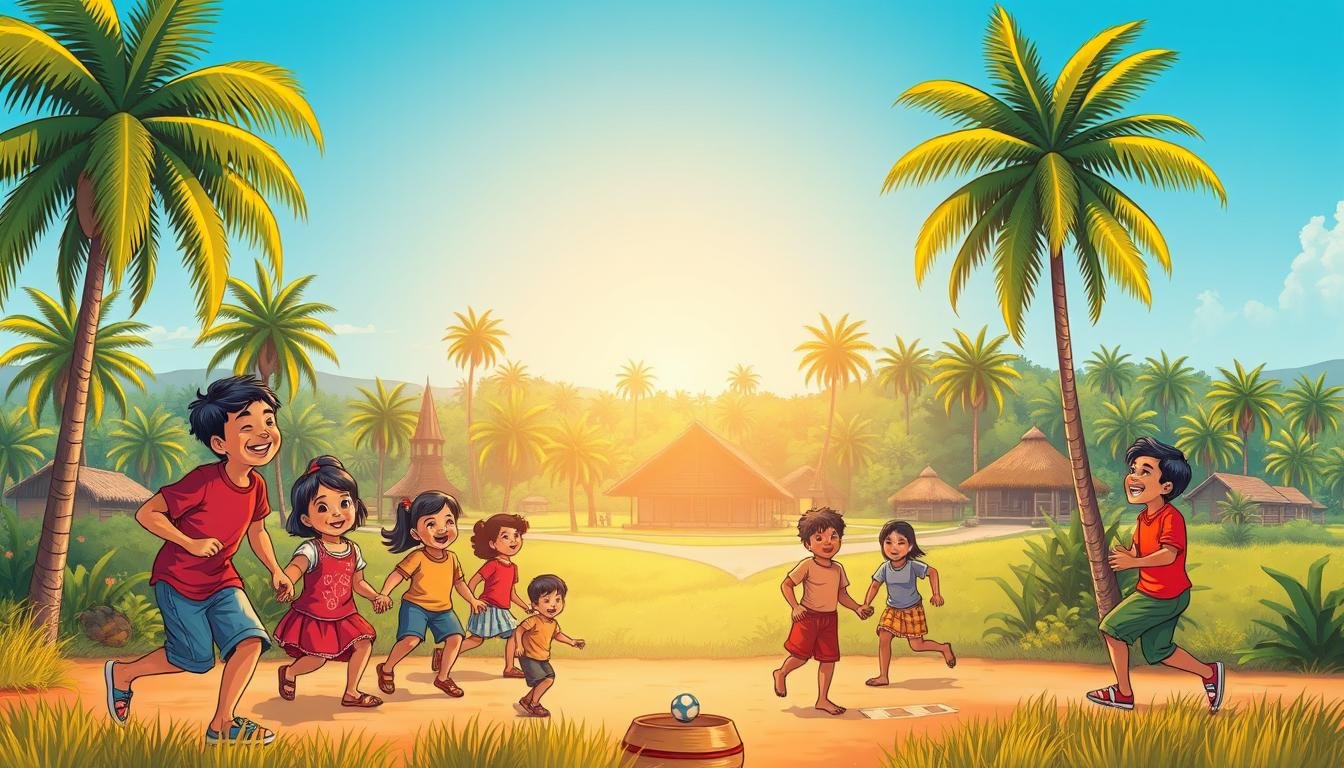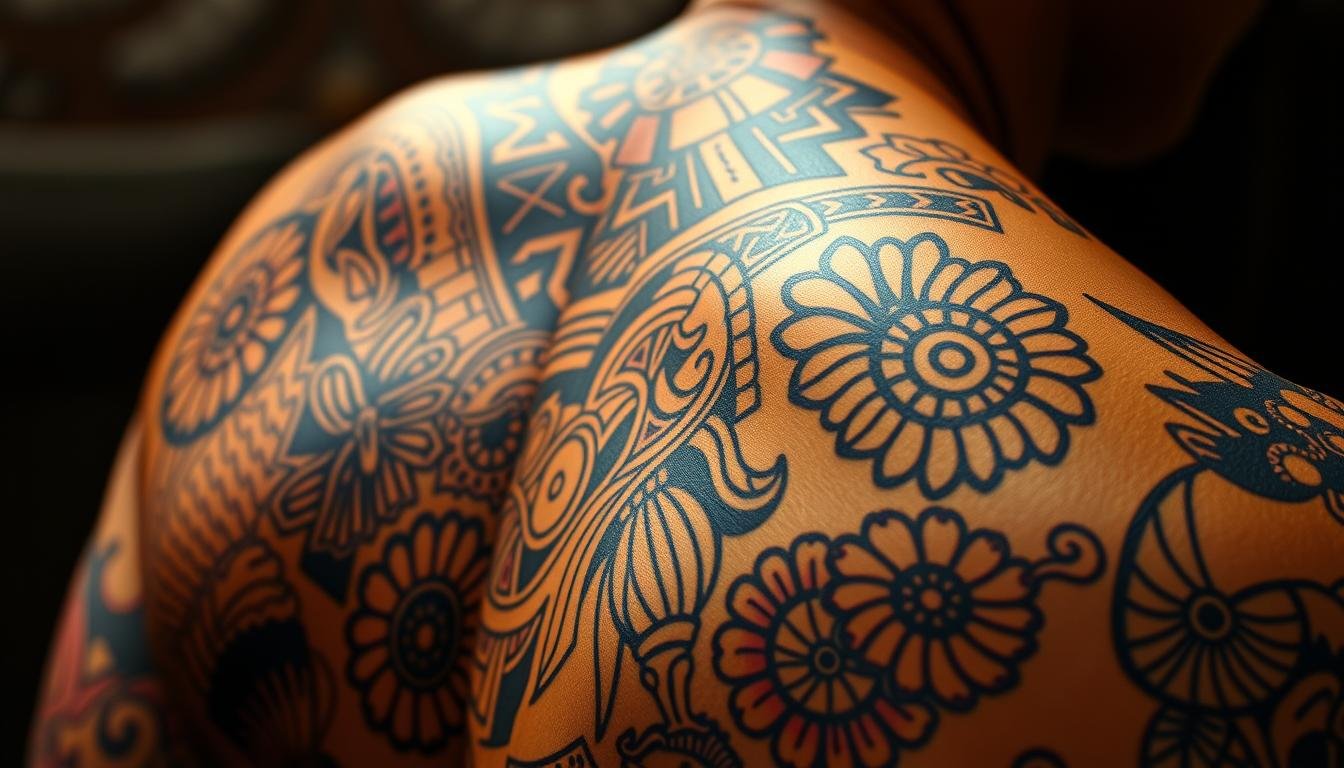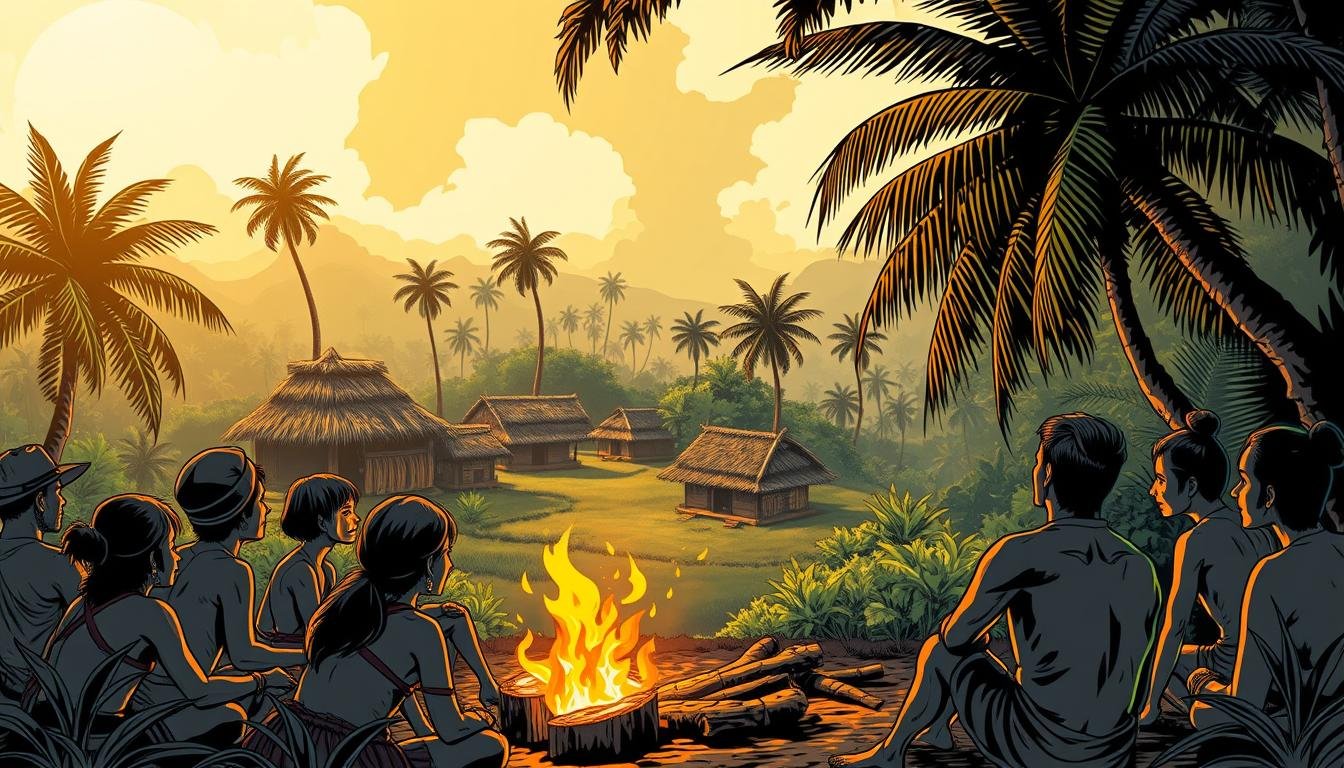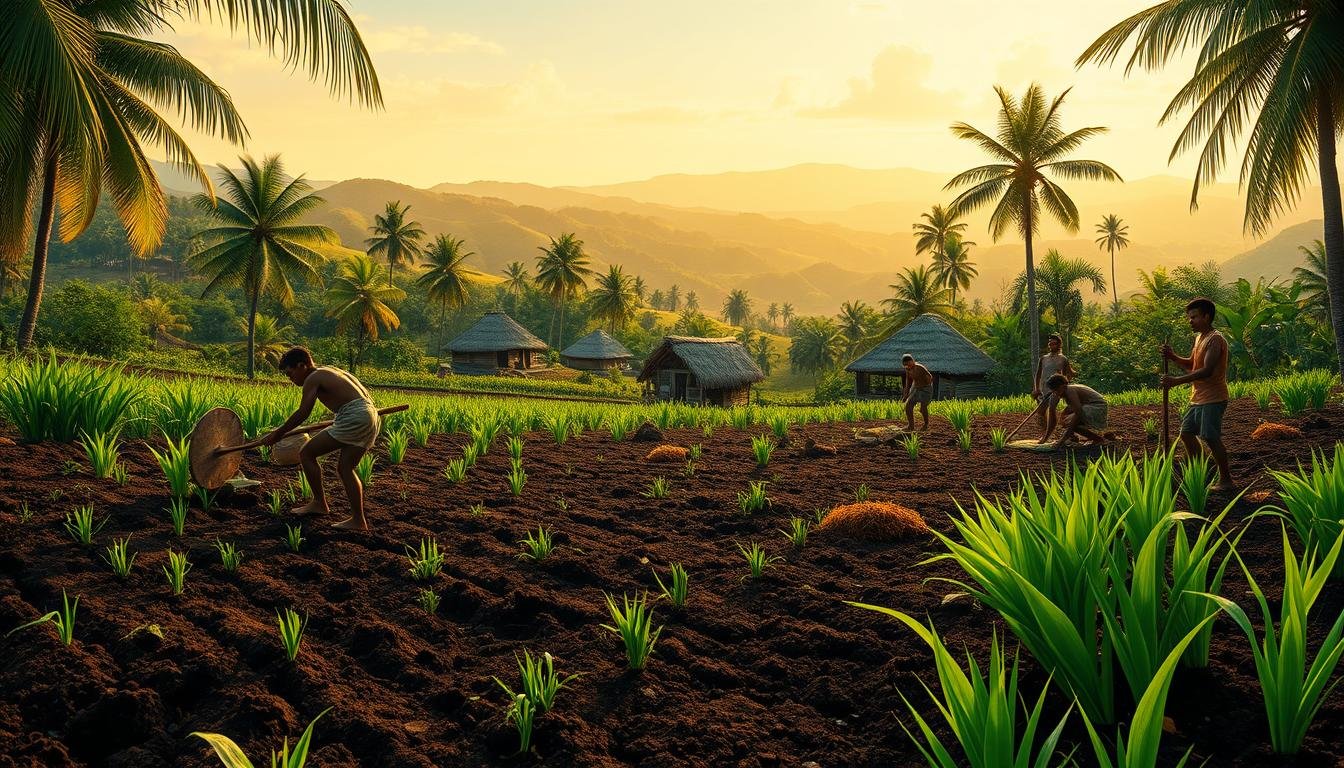Did you know that in pre-colonial Philippines, headhunting was more than just an act of war? It was a deeply rooted cultural practice, tied to rituals and beliefs that shaped entire communities. Among the Cordilleran societies, this practice held profound social and ceremonial meanings, reflecting a complex worldview. Headhunting was not merely about conflict. It…
The Role of Children in Pre-Colonial Philippine Society
Did you know that in pre-colonial Philippines, children were not just seen as dependents but as active contributors to their families and communities? This unique perspective shaped the societal structure of the time, where every member, regardless of age, played a vital role. In pre-colonial Philippine society, the concept of childhood was deeply intertwined with…
Ancient Filipino Concepts of Beauty and Aesthetics
Did you know that ancient Filipinos practiced cranial modification to achieve a specific head shape? This unique practice, documented as early as 1640, reflects how deeply beauty was intertwined with cultural identity and status. For them, aesthetics weren’t just about appearance—they were a way to tell a story of heritage and craftsmanship. From intricate textiles…
Pre-Colonial Philippine Music: Instruments and Rituals
Did you know that the kulintang ensemble, a pre-colonial Philippine tradition, is considered one of the most advanced forms of ensemble music in Southeast Asia? This ancient art form, rooted in indigenous practices, played a vital role in shaping the cultural identity of early Filipino societies. In pre-colonial times, music was more than just a…
Pre-Colonial Philippine Architecture: Houses and Structures
Did you know that some pre-colonial Philippine structures, like the Ifugao Rice Terraces, are believed to be over 2,000 years old? These ancient marvels are not just feats of engineering but also a testament to the ingenuity of early Filipino builders. Traditional houses and structures from this era were deeply connected to nature, blending practicality…
Pre-Colonial Philippine Justice System: Laws and Punishments
Did you know that the pre-colonial Philippine justice system was one of the earliest forms of organized legal traditions in Southeast Asia? Long before Spanish colonization, indigenous communities had their own ways of maintaining order and fairness. These systems were deeply rooted in the values of the barangay, the smallest political unit in early Philippine…
Pre-Colonial Philippine Games and Recreation
Did you know that the Philippines, with its 7,641 islands, is home to 175 ethnolinguistic groups? This cultural diversity laid the foundation for a vibrant array of traditional games and recreational activities long before colonial influences arrived. These activities were more than just pastimes—they were deeply rooted in the indigenous spirit and communal life of…
The Art of Tattooing in Pre-Colonial Philippine Culture
Did you know that in pre-colonial Philippines, tattoos were more than just body art? They were a mark of identity, symbolizing bravery, beauty, and social status. This ancient practice, deeply rooted in Austronesian traditions, was a serious art form with profound cultural significance. In ancient Philippine society, tattoos were earned through achievements like success in…
The Role of Storytelling in Pre-Colonial Philippine Culture
Did you know that before written language, 100% of Philippine culture relied on oral traditions to preserve its history? Storytelling was not just an art; it was a lifeline that connected generations. Through tales, songs, and chants, Filipinos passed down their values, beliefs, and experiences. In pre-colonial times, elders, often grandmothers or lolas, served as…
Pre-Colonial Philippine Agriculture: Crops and Farming Techniques
Did you know that rice cultivation in the Philippines dates back to 2025 BC? This ancient practice is a testament to the ingenuity of early Filipino farmers. Long before modern technology, they developed sustainable systems that supported food production and land management. Pre-colonial farming was more than just growing crops. It was a way of…





